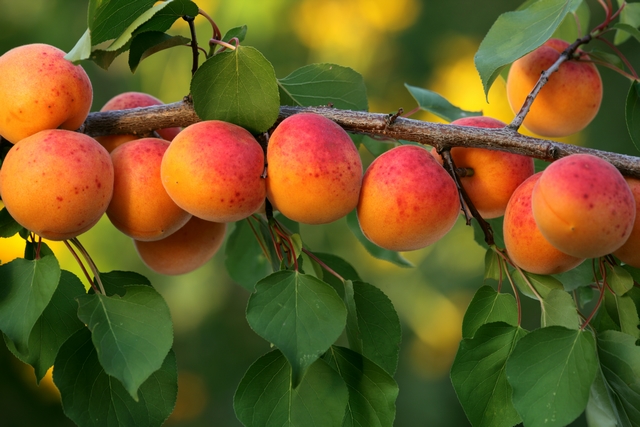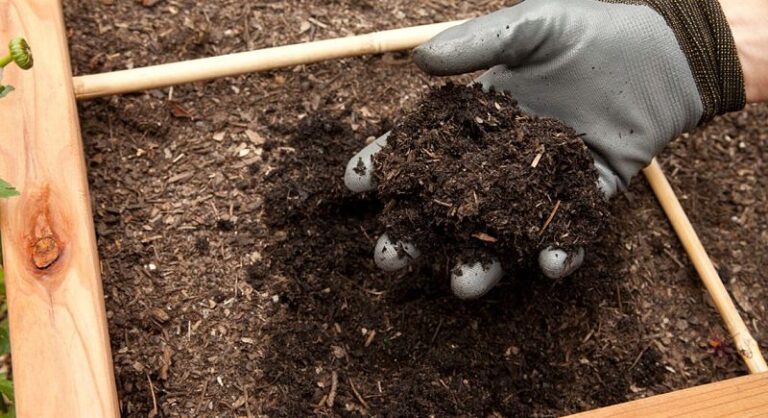If you have a large enough plot, then you might be interested in learning how to grow fruit trees. Although it is not too complicated, it is necessary to have proper planning and correctly choose the species to cultivate. This article is intended to be a comprehensive guide to fruit and citrus trees that you could grow to take advantage of your extensive terrain.

As we already anticipated, the choice and planting of fruit trees is not a trivial matter. First, we must evaluate the total area of land available to determine the number of plants we can grow.
We must also look at the insolation of the garden: almost all fruit trees require a certain amount of solar radiation. Therefore, the lands in the shade of the hills and hills are not very suitable.
Soil quality is important for growing fruit and citrus trees
The soil should be fairly loose and well drained, but not too brittle and sandy. It must be evaluated whether the fruit trees produce fruit individually, or need the presence of other trees of the same species.
Trees of the same species should be grouped so that the fruits ripen at the same time and are easy to collect. In moderate temperature areas we can grow citrus fruits, while colder areas are ideal for apricots, figs, apples, pears, kiwi.
A constant water supply is not critical, although there are some fruit trees that need more watering than others. Finally, we will have to learn what is necessary about the diseases and pests that are present in our area.
Apple tree cultivation
The apple tree is one of the most cultivated fruit trees. It belongs to the Rosaceae family. The ideal soil for planting an apple tree is moist, slightly acidic, well drained and not very chalky.
It is important to plant in a sunny place, but sheltered from strong winds that could damage the flowering. During the first two years after implantation, we must make sure that the soil does not dry out too much.
The apple tree is pruned at the beginning of the year to ensure good productivity. An apple is ripe when it easily comes off the plant along with its stem with a little twist. Not all apples on trees ripen together, so we must be careful when harvesting.
Pear tree cultivation
The pear tree is a genus of plants belonging to the Rosaceae family. This family also includes species of trees and shrubs with delicate flowering and of various colors.
Pear is easy to grow, easy to prune, and highly productive. It fits in most areas, although we must always find the best conditions. But if the cold is very intense, the gems can suffer considerable damage. It grows well in soils that are not so compact, even clay, but not wet. Usually, it should be planted in the fall.
Apricot cultivation
The most widely cultivated apricot varieties belong to the Prunus armeniaca species. The roots extend around the trunk in an area greater than the projection of the foliage on the ground. This allows a good anchoring of the plant in the ground.
They generally have a great ability to adapt to different types of terrain. However, cold and compact soils with poor water drainage should be avoided. The ideal soils are with loose soil, permeable, dry, in areas without fog or snow.
How to grow the Peach?
It is a hardy and durable plant that withstands cold winters, but bears fruit in abundance when exposed to the sun.
The peach tree is very demanding with the soil. It must be deep, well drained, fertile, slightly clayey and with a low lime content. Sowing should preferably be done in the fall or early winter. We must plant leaving 4.5 meters between each tree and in holes 50 cm deep and 30 wides.
Plum cultivation
It is a fruit tree suitable for any garden, as it requires little space, for a long time exposed to the sun. The fruits of the first harvest are generally yellow, green, red and purple-blue in color. In the second harvest, the color varies from yellow to red to blue-black and they are grown for fresh consumption.
It is generally a hardy species with good adaptation, but deep, well-drained holes are recommended for planting. The planting is done in autumn and does not require special initial treatment, but it does in the flowering stage.








